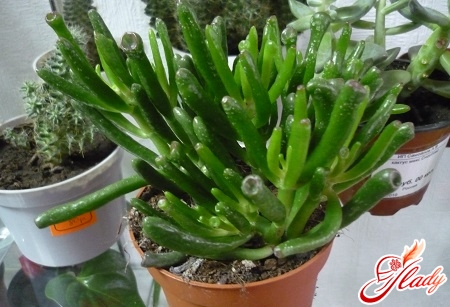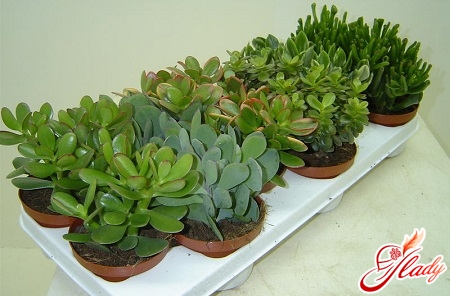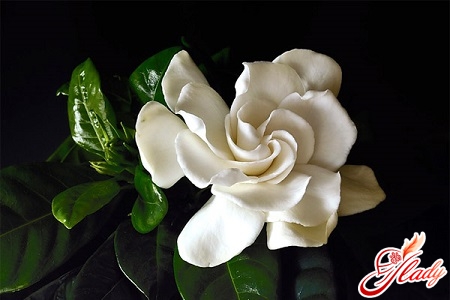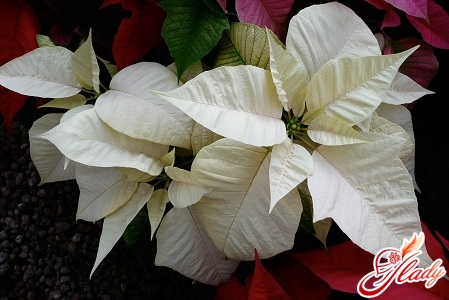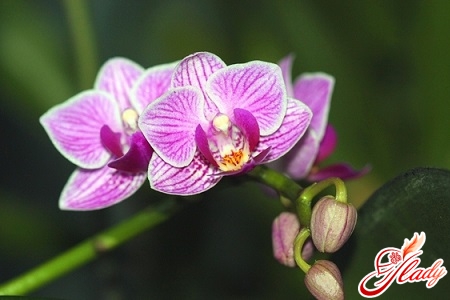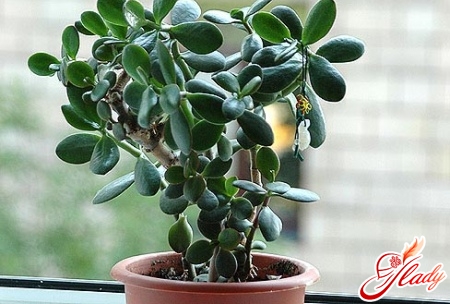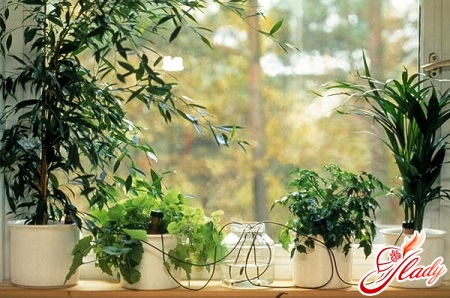 Houseplants need careful care.– they need to be properly watered, fed, dry leaves removed. And if necessary, move the pot with the plant closer to the light or, conversely, further away from it. A long absence of the owners has a bad effect on all flowers without exception – without timely watering, they can die. But this can be avoided thanks to devices that carry out automatic watering of plants. These devices can be used both in summer and winter. The main thing is to set them up correctly and, if necessary, ensure that moisture does not get on the leaves and stem of the plant. The automatic watering system can be different. According to the principle of operation, such units are divided into two groups:
Houseplants need careful care.– they need to be properly watered, fed, dry leaves removed. And if necessary, move the pot with the plant closer to the light or, conversely, further away from it. A long absence of the owners has a bad effect on all flowers without exception – without timely watering, they can die. But this can be avoided thanks to devices that carry out automatic watering of plants. These devices can be used both in summer and winter. The main thing is to set them up correctly and, if necessary, ensure that moisture does not get on the leaves and stem of the plant. The automatic watering system can be different. According to the principle of operation, such units are divided into two groups:
- Devices installed inside the pot
The advantage of such devices is that they deliver water directly to the roots. But when using them, you should be very careful: when immersing cones in the soil, you can damage the roots;
- Devices that produce drip irrigation (irrigating the soil from above)
The point of these devices is thatspecial drippers or thin tubes cut into the hoses, drops fall. These devices use nutrients and moisture less efficiently, but they allow you to regulate the water supply. Unlike cones, the supports for the tubes almost do not touch the roots, so you can put several drippers in the pot.
Nose to the ground
Design of units with ceramic conesis very simple. The kit includes a cone, a container and a hose that allows you to connect it to a water source. Such automatic devices are produced by the companies "Weninger" and "Brigadier Werkzeuge". For example, the Swiss soil humidifier "Archimedes" produced by the company "Brigadier Werkzeuge" provides constant watering of house plants. This simple automatic device can properly supply a potted plant with moisture for 5-7 days. Its design is very simple: a glass flask for water is inserted into a ceramic cone, which is immersed in the ground. Water trickles out drop by drop through porous capillary walls. The cone can be lowered to different depths. Cones with hoses can independently supply the plant with water for quite a long time. Here, water comes through a hose from any container. For example, from a bucket or a can. Such devices are produced by the company "Weninger". Depending on the type of plant, its size and preferences, these devices pass from 0.25 to 1 liter of moisture per week. The speed of automatic watering is affected by the location of the water container relative to the plant pot: the higher it is, the faster the watering. Operation of such automatic devices is simple. To do this, you need to wash the hose once a year, clean the cone inside with a brush, and on the outside - with a scraper for ceramic pots or sandpaper.
Cap-cap
Drip irrigation of indoor plantsis carried out on the principle of garden units. Moisture is supplied to the roots in small doses. Moreover, such devices are capable of watering several plants at the same time. For example, the auto device from the company "Gardena" can supply water to up to thirty-six flowers at the same time. The device consists of a pump with a filter, a supply hose, a transformer with a timer for power, three distributors with twelve branches, a capillary hose, end plugs and pegs-holders. The electronic timer works in such a way as to provide daily automatic watering for one minute. If desired, several hoses can be connected to one pot at once. The kit includes a closed plastic container into which the pump is immersed. As soon as the water in the tank runs out, the pump automatically switches off, and when water is added, it continues to work. Drippers that are not needed at the moment are closed with plugs. The auto system "AquaPod" from the company "Hozelock" is arranged a little differently. In it, the micro drip system is a barrel with thin tubes, and at their ends there are droppers. The container is connected to the water tap with a hose. At the same time, you should take into account that some plants with a delicate root system do not like cold water, especially in winter.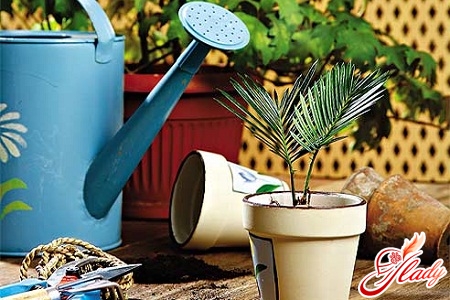
Unite and water
It is very convenient to combine drip irrigationindoor plants with root. Today, various companies produce automatic systems that combine the operating principles of both groups of devices described above. Such devices are manufactured by Weninger. We can say that these are the most advanced of all devices, as they allow the plant to choose its own watering mode. The system works on the following principle. Ceramic cones filled with water are installed in flowerpots. In the cap of such a cone there is a drive membrane for clamping the hose, which is located above the cap. Through the main drain, drip hoses, assembled into a single system, receive water from the tank. The cones with water themselves are a kind of sensor that notifies the system about the moisture level of the substrate in the pot. As soon as the soil has dried out, the plant begins to draw moisture from the ceramic sensor. Then some rarefaction of air occurs in it, the membrane goes down under the action of atmospheric pressure and stops squeezing the hose. When the soil is saturated with moisture, the water will be drawn back into the cone, lifting the membrane and squeezing the hose. Several drippers can be attached to each sensor, placing them evenly over the area of the pot. There are other ways to automatically water indoor plants. For example, hydrogel or granulated clay, pre-saturated with water, can also provide the plant with water. This method of watering is based on the fact that the listed materials are able to absorb a large amount of moisture, gradually giving it to the roots of the plants. To do this, lumps of clay are placed on the bottom of a larger pot, then the plant is removed from its pot along with the earthen lump, placed on granulated clay, and the earthen lump is covered on all sides with a thick layer of the same material. Then the top of the pot is covered with polyethylene film so that the moisture does not evaporate.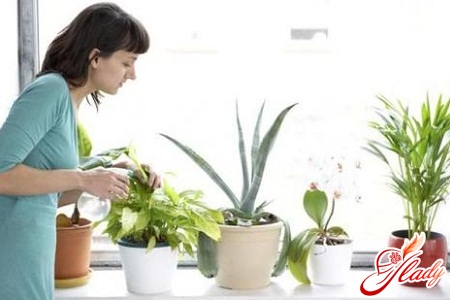
Experts advise
Water indoor plants both in winter and summerрекомендуется по окружности — так, чтобы вся корневая система напиталась водой. Как и для людей, для растений большое значение имеет качество воды, которой их поливают. Эта вода должна иметь минимальное количество вредных примесей и нейтральный кислотно-щелочной баланс. Вода из крана далеко не всегда удовлетворяет таким требованиям – поливать ей комнатные растения нельзя. Поэтому перед использованием воду отстаивают, а в идеале еще и фильтруют. Жесткую воду, которая содержит много солей магния и калия, кипятят или смягчают: добавляют щавелевую или лимонную кислоту, кладут в нее торф. После этого ее рекомендуется отстоять в прозрачной открытой посуде. Это необходимо для того, чтобы летучие соединения хлора, образуемые при химической реакции, испарились. Зимой воду можно заморозить и «поить» растения талой влагой – этот способ куда более полезный и безопасный для комнатных цветов. При большом содержании железа вода приобретает специфический привкус ржавчины. Это говорит о том, что использовать ее для полива нельзя. Повышенный уровень железа для растений опасен. В данном случае лучше всего отдать предпочтение дистиллированной воде, добавив нее необходимое количество жидких удобрений. Зимой не рекомендуется поливать цветы холодной водой. Температура должна быть комнатной, а для некоторых видов растений (например, орхидей) – чуть теплой. Полив холодной водой может спровоцировать гниение корней, опадание бутонов и даже гибель цветка. Теоретически, каждому растению нужен индивидуальный режим полива, как летом, так и зимой. Есть растения-водохлебы, такие как аспарагус, нертера, гидрангея, селагинелла, нефролепис (папоротник), карекс, джункус. Их надо обильно поливать почти каждый день. Другим растениям требуется лишь скудное орошение один раз в неделю. Это почти все суккуленты (в их стеблях, листьях и корнях много своих соков). К таким же растениям относятся шеффлера, пахира, нолина, филодендрон. Летом, в период жаркой погоды и активного роста, почти всем комнатным растениям необходимо больше влаги, чем зимой и осенью. Особенно это касается цветов, которые имеют выраженный период покоя (проще говоря – впадают зимой в спячку). В данный период некоторые из этих растений совсем не нуждаются в поливе. Стоит отметить, что зимой очередной полив можно заменить рыхлением почвы. Суккуленты – любители засушливых условий – зимой требуют полной просушки грунта. Однако не стоит совсем забывать о растении. Периодически проверяйте влажность почвы, при необходимости рыхлите ее, чтобы корни получали достаточное количество кислорода. Если растение давно заброшено хозяевами – это заметно стразу: съежившиеся, повисшие или облетевшие листья. Данные неприятности говорят о снижении тургора – внутреннего давления в клетке, вызывающего натяжение ее оболочки. Тургор после полива постепенно восстанавливается, но новая листва вырастет не так быстро. И если крассула, фикус и другие марантовые способны летом одеться новой листвой за 1-2 месяца, то калатея или драцена листву полностью уже не восстановят – новые побеги будут расти на макушке, а ствол останется голым. И напоследок хочется дать совет: не доводите свои цветы до болезненного состояния. И летом, и зимой им необходим регулярный, а главное – правильный уход. Если вы не уверены, что способны уделить достаточное количество времени домашним растениям, лучше пока откажитесь от идеи создать дома уголок живой природы. Ведь чахлые и засохшие цветы никому еще не дарили хорошего настроения. Советуем почитать:




